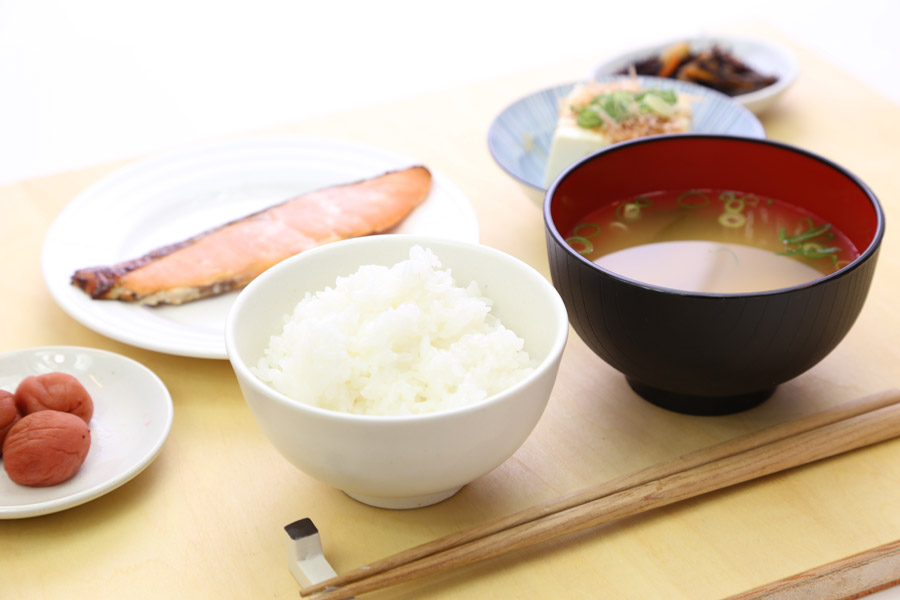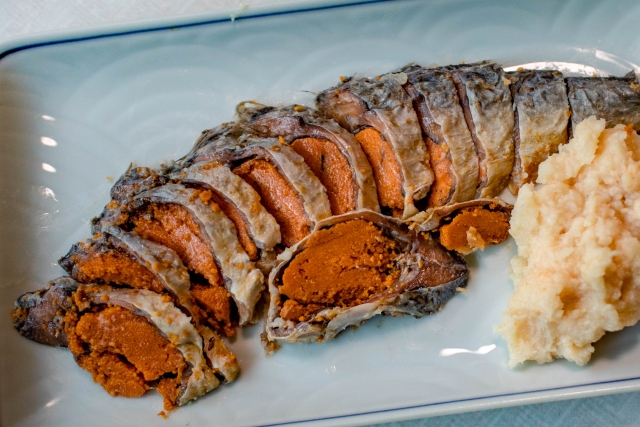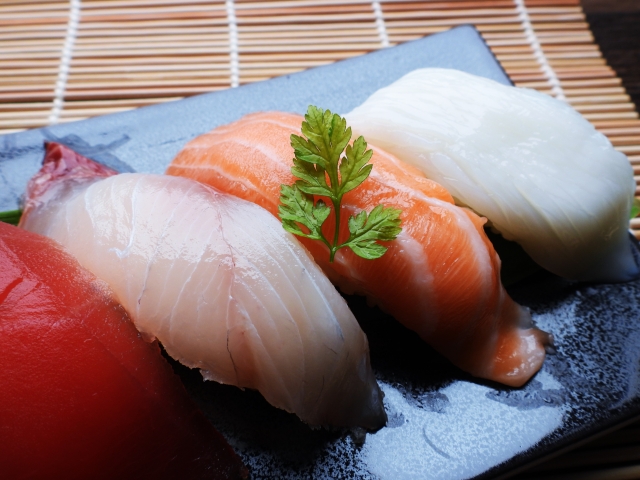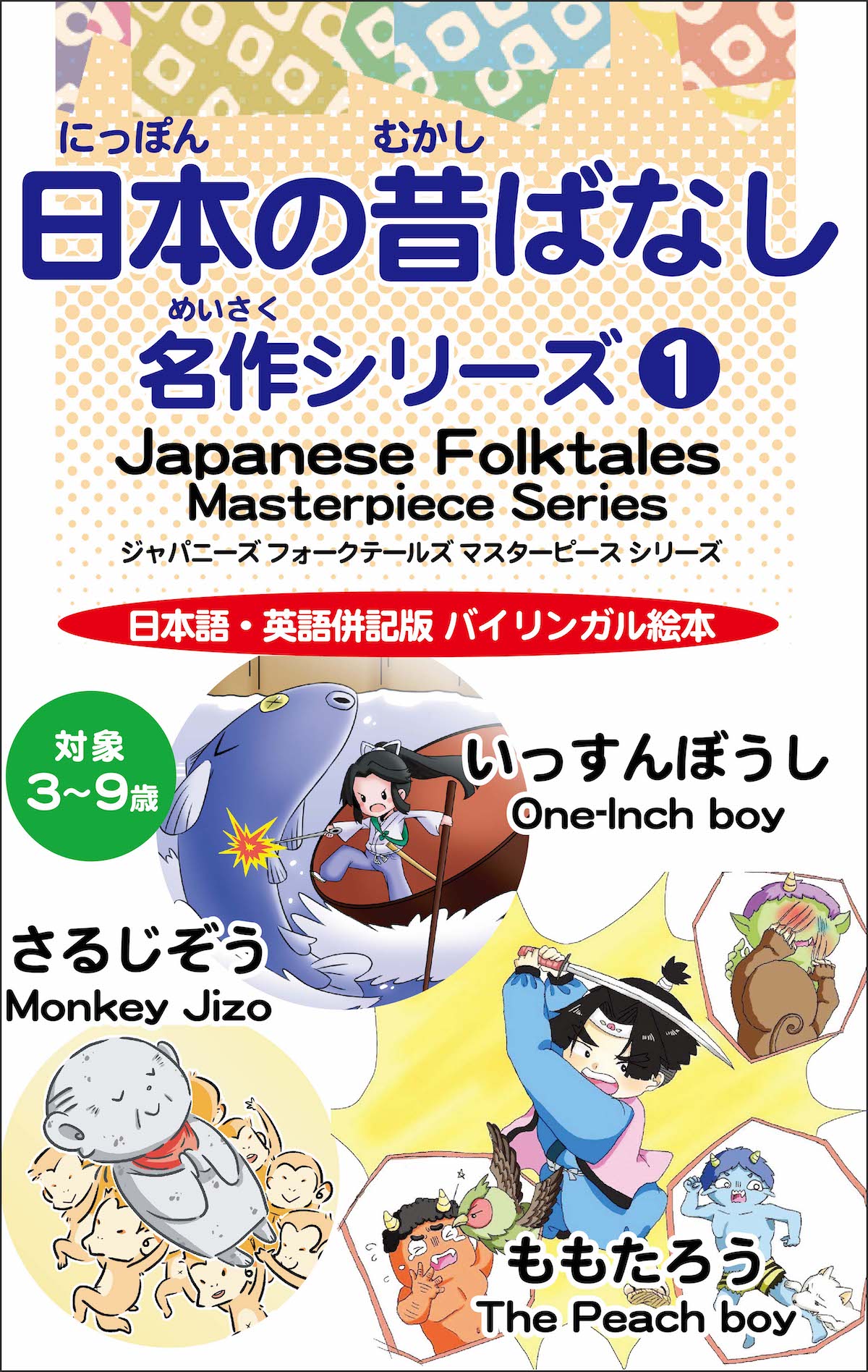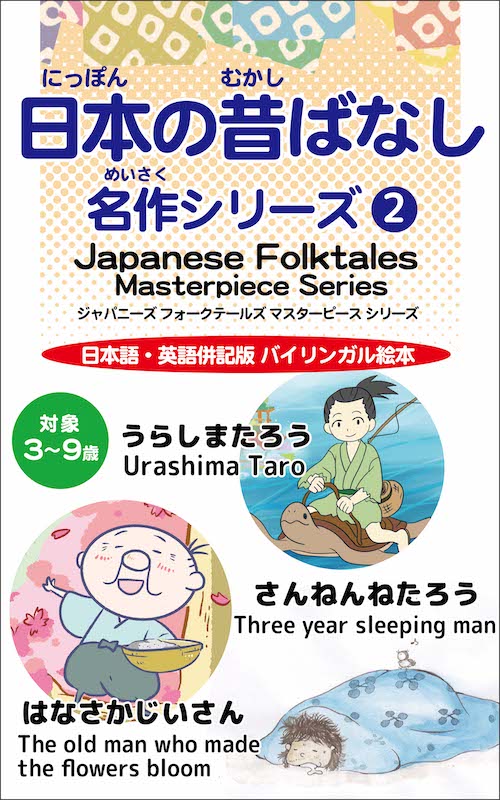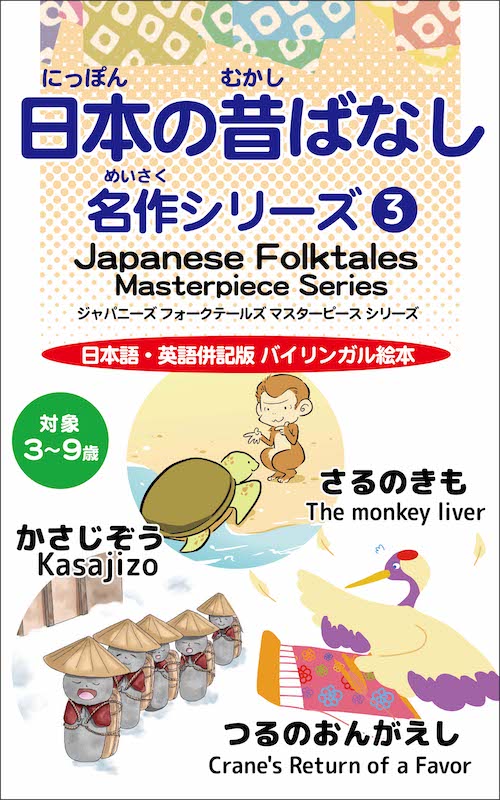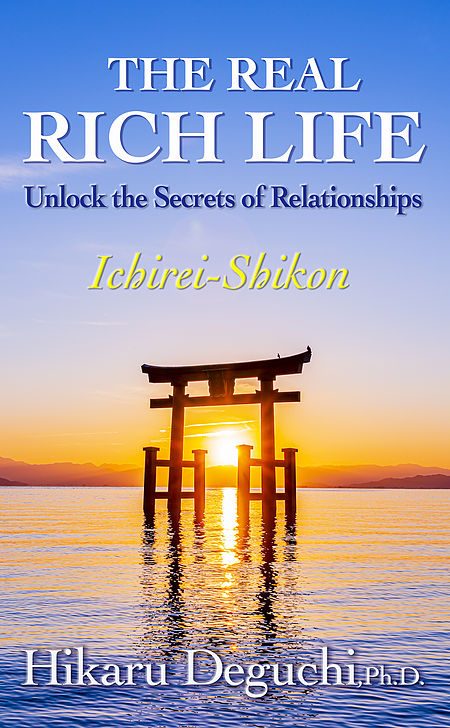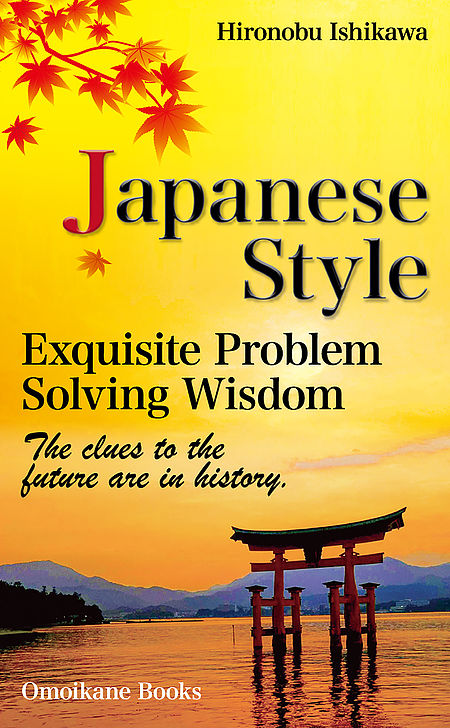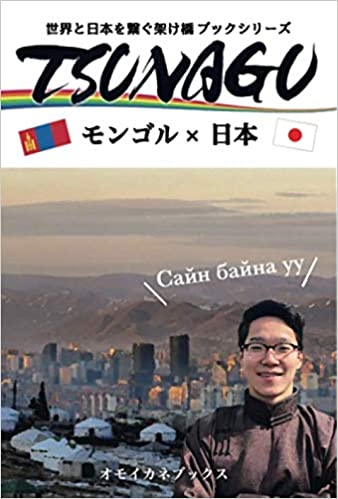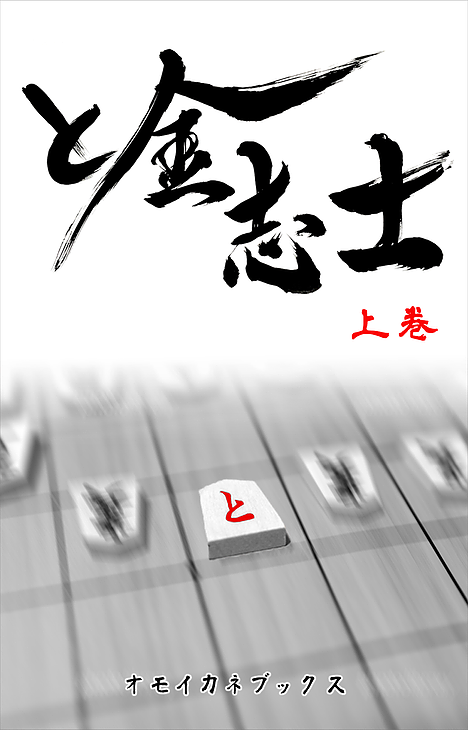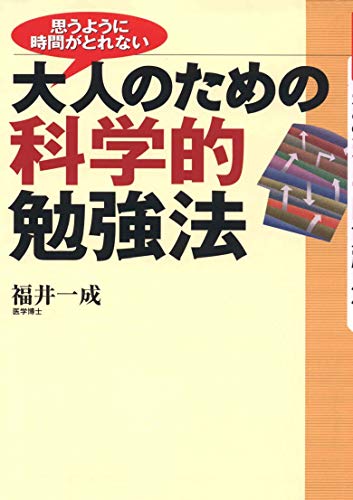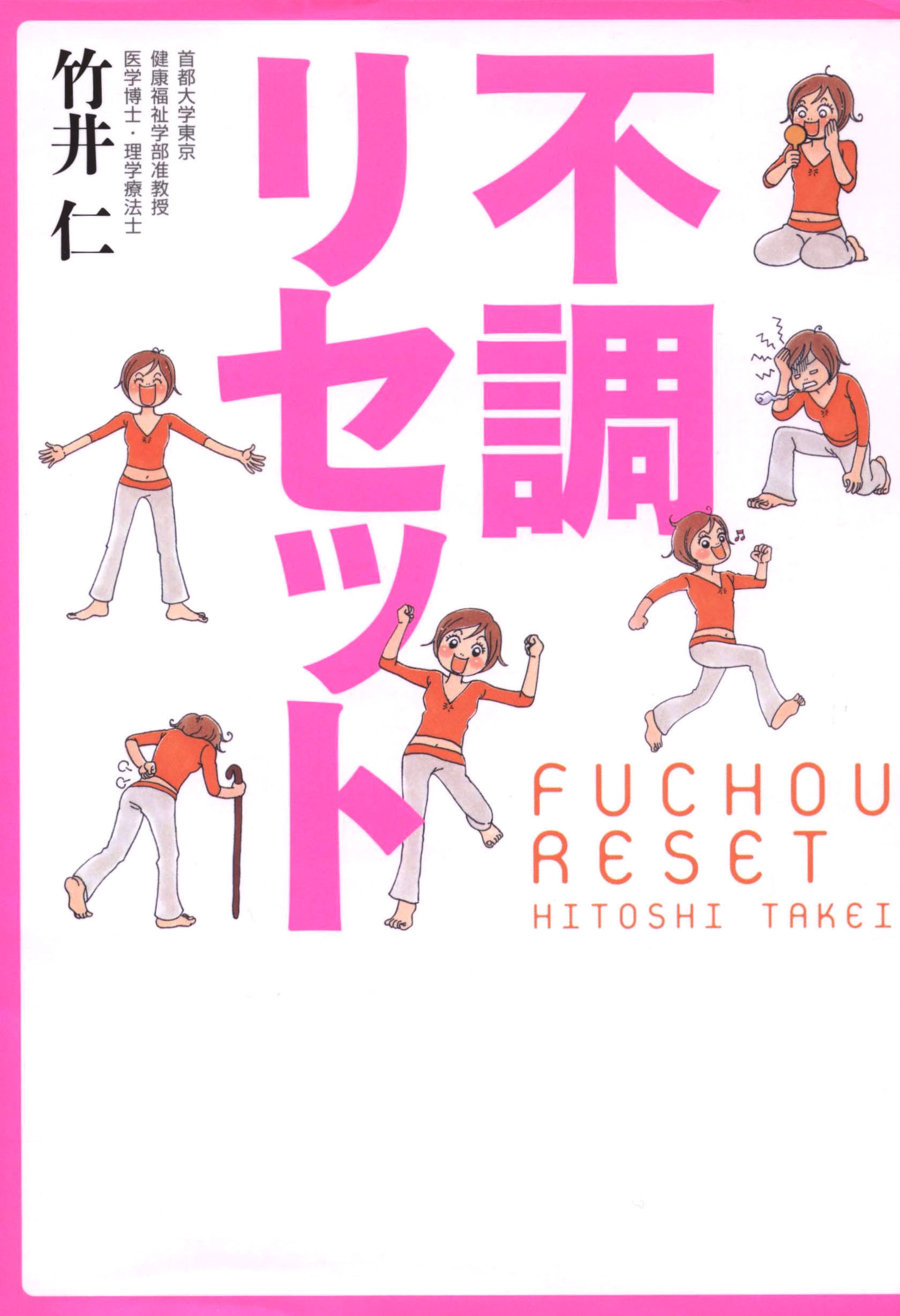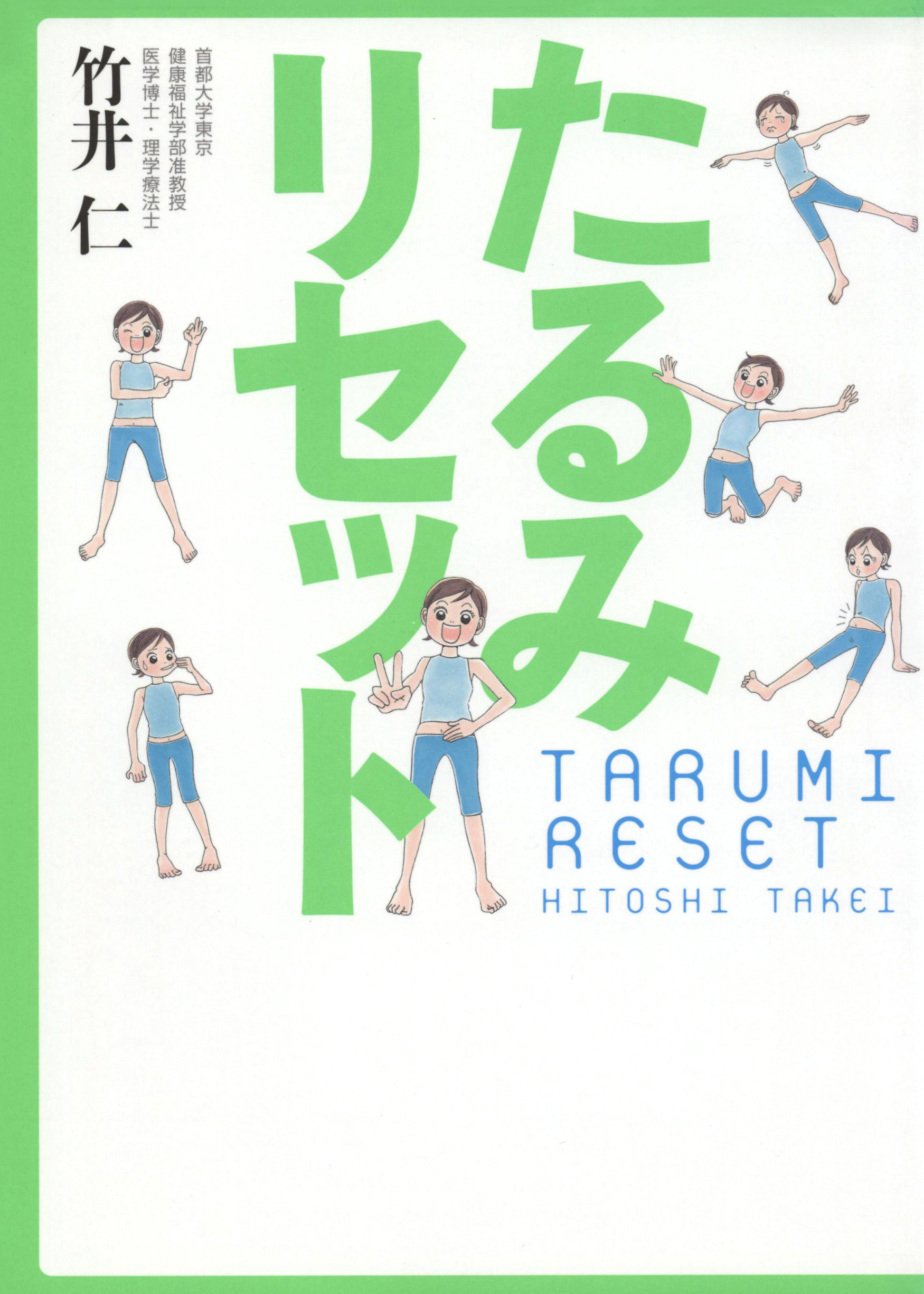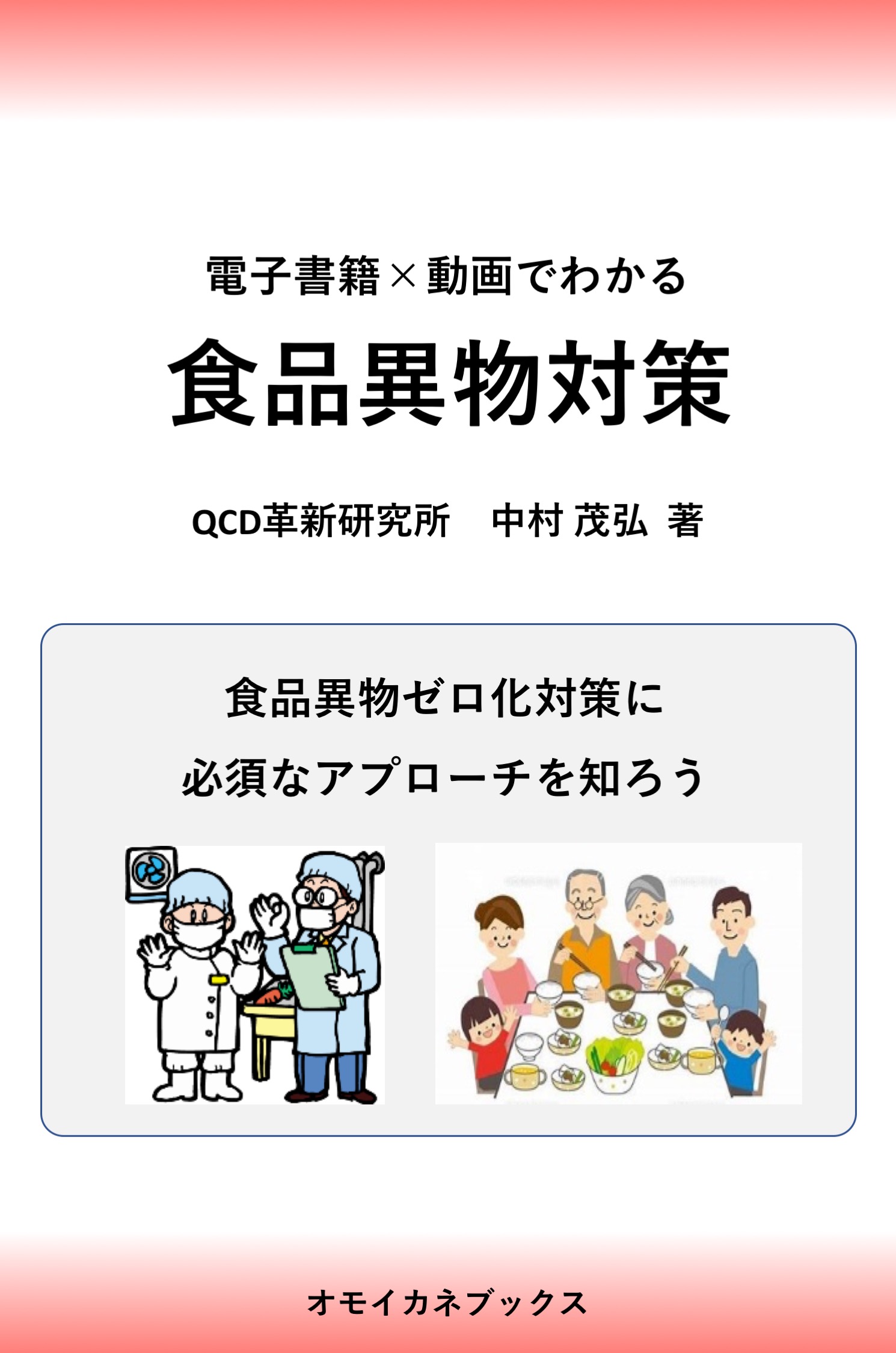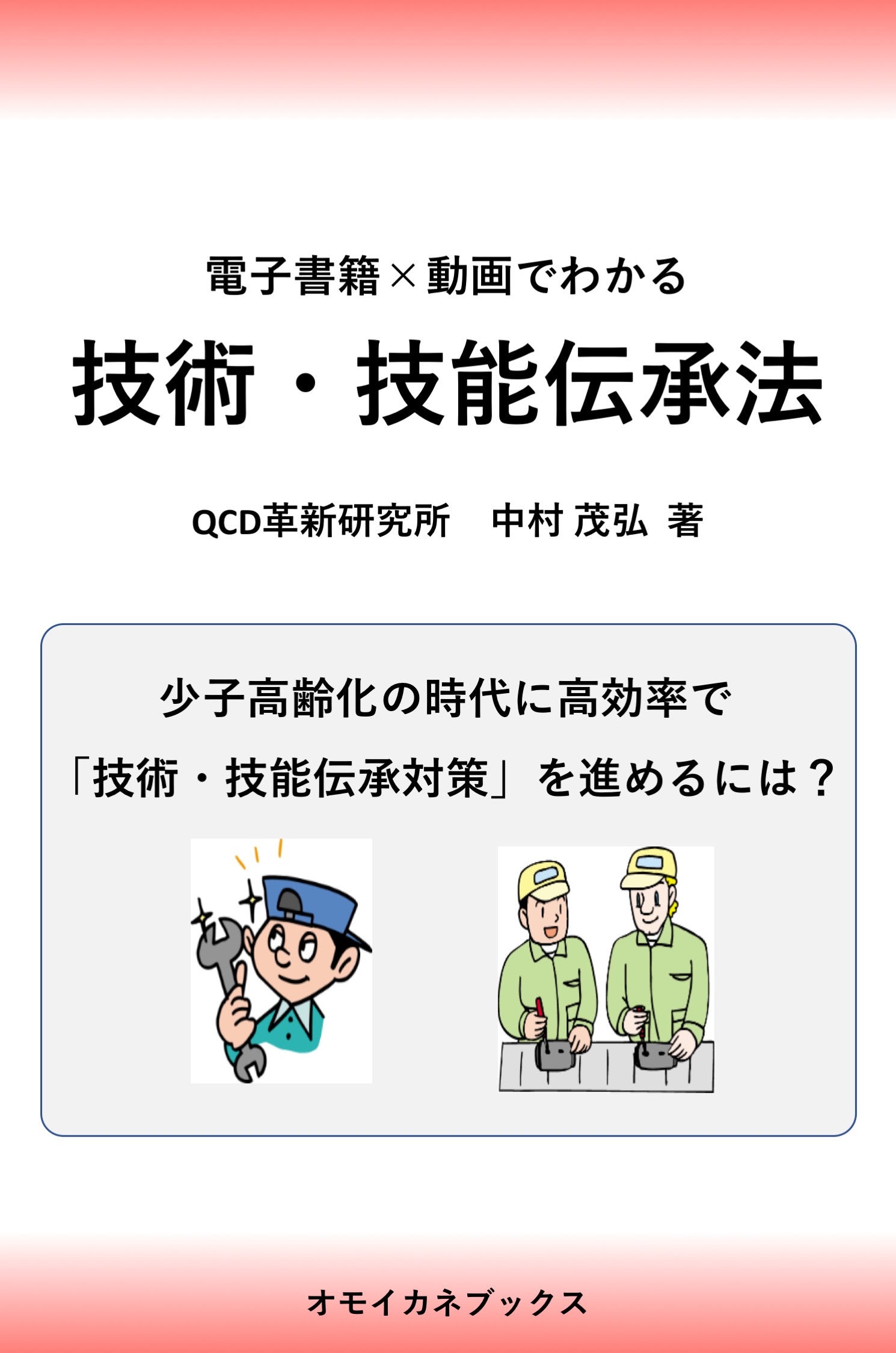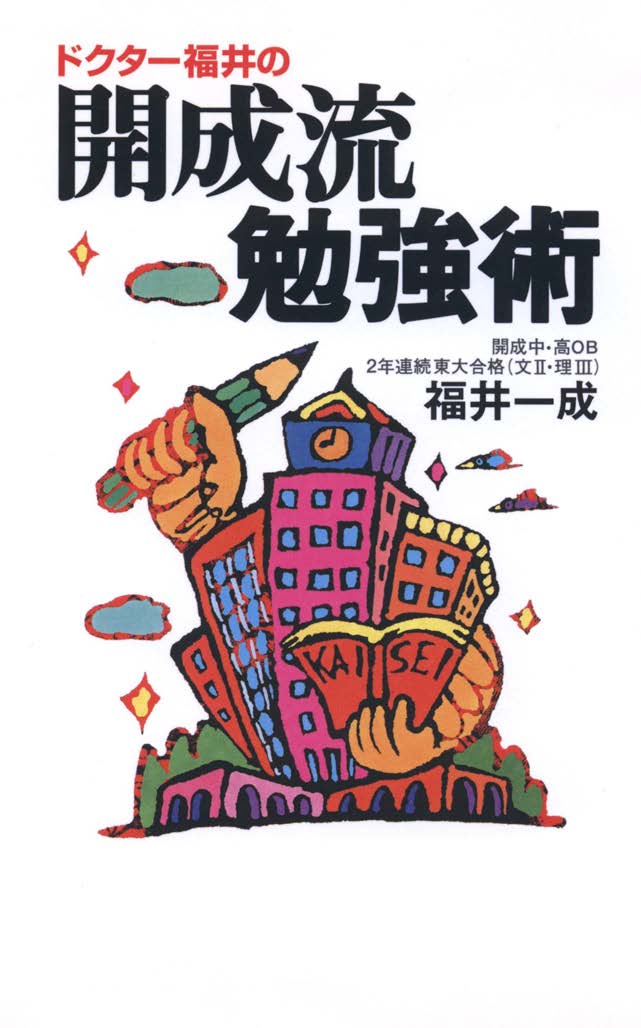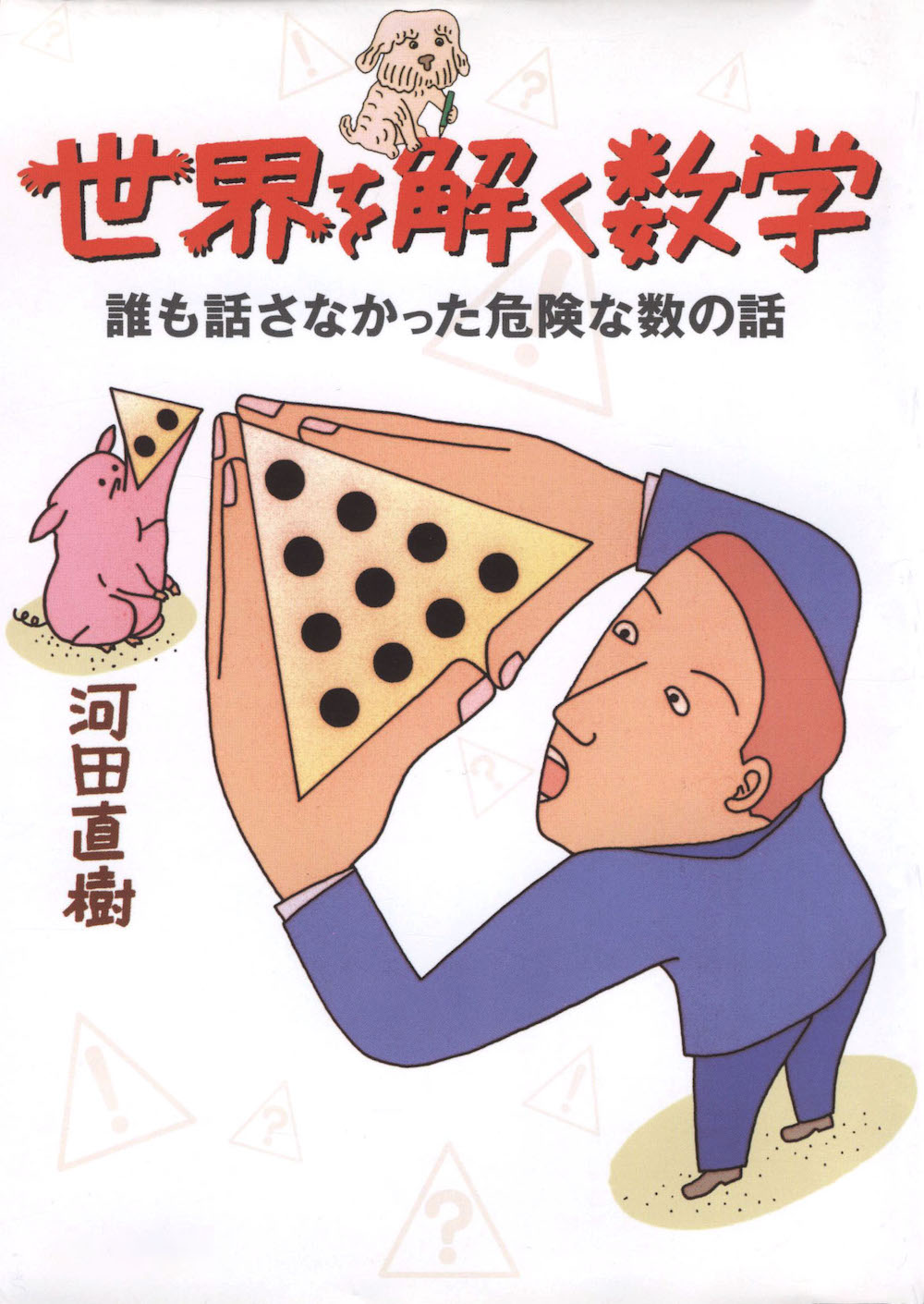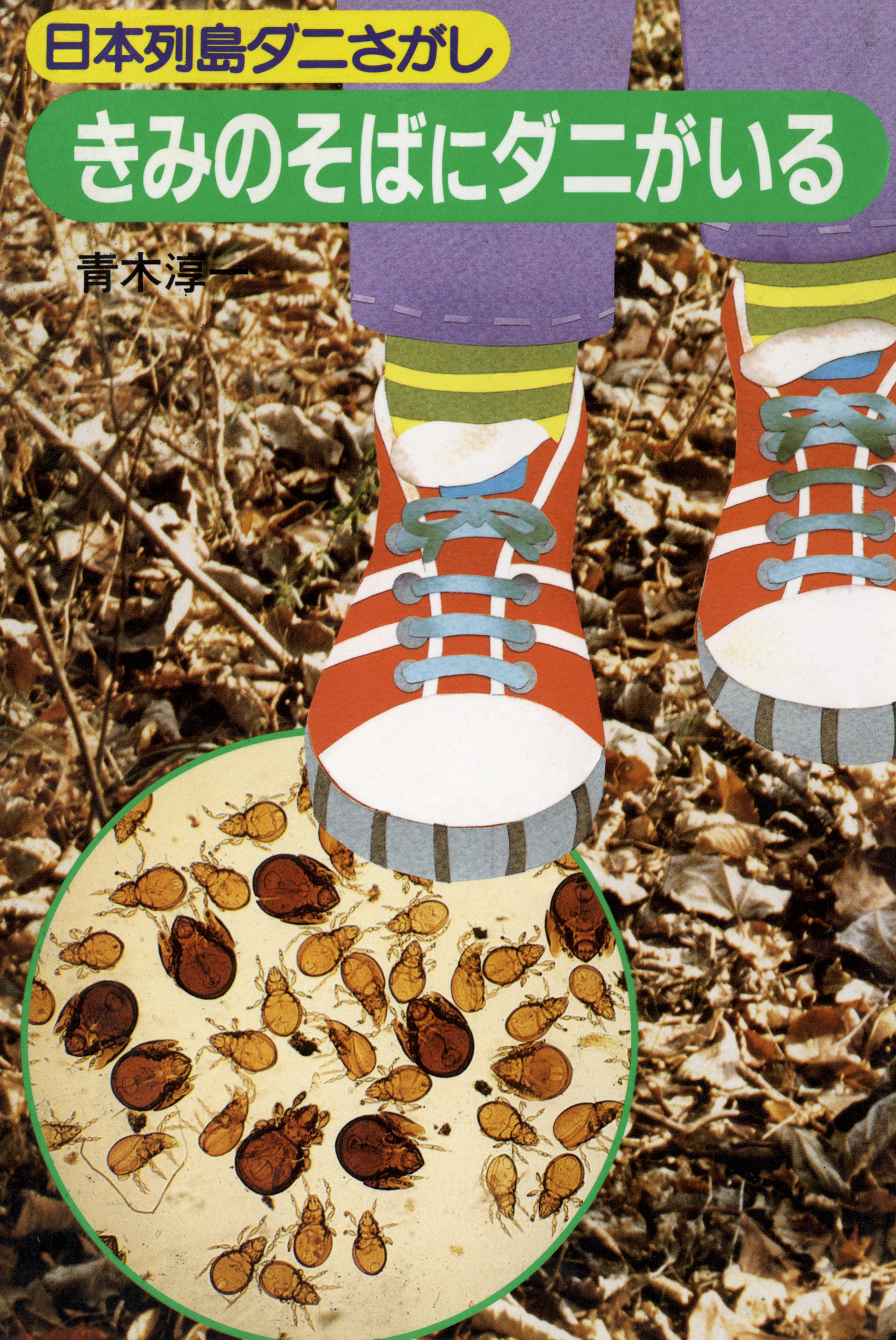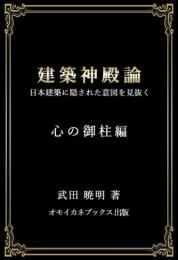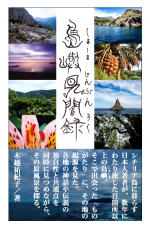現代文化のルーツを探る⑩ 寿司
公開日:
:
現代文化のルーツ
English after Japanese
2013年12月、ユネスコが「和食;日本人の伝統的な食文化」を無形文化遺産として登録することを決定しました。
ユネスコ無形文化遺産に登録された「和食」は、「自然の尊重」「八百万の神」という日本人の精神を体現した食に関する「社会的慣習」であり、以下の4つ特徴が評価されました。
①新鮮で多様な食材と素材を用いること、その持ち味を尊重する工夫が施されている点、食材の味わいを活かすための調理技術等
②米、魚、野菜や山菜といった地域で採れる様々な自然食材と、動物性油脂の少ない健康的な食生活を形成している点
③料理に花や葉等の素材をあしらったり、飾り包丁で自然の事物を表すなど、自然の美しさや季節の移ろいを表現した盛りつけを行う点
④正月のおせち料理、大晦日の年越しそば、お食い初め、七五三等、食が年中行事と密接な関わりを持っていること
世界的な和食ブームを背景に、寿司店をはじめとする日本食レストランの数は、全世界で15万店を超えています。海外に行くと日本食のお店が結構ありますよね。店内のスタッフは日本人じゃなかったりしますが、、、。なかでも寿司店はたくさんあります。寿司は日本のみならず世界的にも人気があるんですね。
寿司にはいろいろな種類がありますね。握り寿司、巻き寿司、押し寿司、いなり寿司、ちらし寿司、手巻き寿司、棒寿司、軍艦など。僕たちの暮らしに根差している寿司ですが、そのルーツはどこにあるのでしょう?寿司のルーツを探ってみます。
寿司は、紀元前4世紀ごろに東南アジアの山地民族の間で生まれたといわれています。当時川魚の保存方法として、米などの穀類を炊いたものと魚を一緒に漬け、米の発酵を利用して魚を保存したのが始まりだったんですね。その技術が奈良時代(710年~794年)に稲作の伝来とともに中国から日本へ伝わったとされています。
このころの寿司は甘酢で味付けした米飯に、鮎や鮒などの川魚をのせて一晩寝かせた「熟鮓(なれずし)」と呼ばれるもので、保存食として食べられていました。奈良時代の日本では、熟鮓は貢物として朝廷へも献上されていたといいます。現代では押し寿司や箱寿司に当時の名残が見られますね。その後鎌倉時代に入ると、残り物の魚を利用した熟鮓が登場するようになります。熟鮓と言えば、近江(現在の滋賀県)の鮒寿しではないでしょうか?滋賀県の琵琶湖一円、ことに湖東と湖北に多い馴れずしです。僕も何度か食べましたが、最初は匂いと食感にちょっと驚きますが、慣れるとクセになる。これぞまさに「慣れずし」ですかね?
江戸時代中期になると米酢が一般化し、発酵させる必要のない「早寿司」が誕生します。待たずにすぐ寿司を食べられるようになったんですね。江戸時代末期には、江戸で流行していた屋台から、握ってすぐに食べられる「にぎり寿司」が生まれ、東京湾(江戸前)でとれる魚介や海苔を使うことから「江戸前寿司」と呼ばれるようになりました。この頃の寿司は、おむすび並みの大きさで、それを切り分けて食べられていました。これが1皿に2貫盛る現代のスタイルに繋がったと言われています。
明治後期になると、漁法や流通が発展し、さらに製氷産業も盛んになり、ネタを氷で冷やして保存できるようになったため、寿司屋が生の刺し身が扱えるようになります。大正時代には寿司屋にも電気冷蔵庫が入るようになり、ネタの種類も豊富になっていきました。その後1923年、関東大震災で被災した東京の寿司職人たちが故郷へ帰り、日本中でにぎり寿司を広めていきました。
いかがでしたでしょう?寿司のルーツと歴史。中国から伝わり日本独自の文化として発展した寿司。これからは世界で色んな形にアレンジされて広まっていくんでしょうね。SUSHIはこれからますます世界の共通語になりますね。
最後に寿司の語源について。「すっぱい」を意味する「酸し(すし)」という言葉からきているといった説や、「酢をまぜた飯=酢飯(すめし)」の「め」がいつの間にかなくなって「すし」と呼ばれるようになったという説がありますよ。外国の方に寿司のことを聞かれたら、ぜひ寿司の歴史を伝えてあげましょう!
In English
In December 2013, UNESCO decided to register “Japanese Food; Traditional Food Culture of the Japanese People” as an Intangible Cultural Heritage.
Japanese food is a “social custom” related to food that embodies the Japanese spirit of “respect for nature” and “the eight million gods”, and was recognized for the following four characteristics
1) The use of fresh and diverse ingredients and materials, ingenuity in respecting their flavors, and cooking techniques that make the most of the flavors of the ingredients.
(2) The use of a variety of natural ingredients from the region, such as rice, fish, vegetables, and wild plants, and the formation of a healthy diet that is low in animal fats and oils.
(3) Arranging dishes in a way that expresses the beauty of nature and the changing of the seasons, such as decorating dishes with flowers, leaves, and other materials, and using decorative knives to represent natural things.
(4) Food is closely related to annual events such as Osechi (New Year’s Day), New Year’s Eve (New Year’s Soba), the first meal of the year, and the Seven-Five-Three Festival.
Against the backdrop of the worldwide boom in Japanese food, the number of sushi restaurants and other Japanese restaurants exceeds 150,000 worldwide. When you go abroad, there are quite a few Japanese restaurants. The staff in the restaurants may not be Japanese, but…. Among them, there are many sushi restaurants. Sushi is popular not only in Japan but also in the world.
There are many kinds of sushi. Nigiri-zushi, maki-zushi, oshi-zushi, inari-zushi, chirashi-zushi, temakizushi, bar-zushi, gunkan, etc. Sushi is a part of our daily lives, but where does it come from? Let’s take a look at the roots of sushi.
Sushi is said to have originated around the 4th century B.C. among the mountain tribes of Southeast Asia. At that time, the first method of preserving river fish was to marinate the fish together with cooked rice and other grains, using the fermentation of the rice to preserve the fish. It is said that this technique was introduced to Japan from China in the Nara period (710-794) with the arrival of rice cultivation.
At that time, sushi was called “narezushi,” which was rice seasoned with sweet vinegar, topped with river fish such as sweetfish or crucian carp, and left to rest overnight, and was eaten as a preserved food. In Nara period (710-794) Japan, narezushi was offered to the Imperial Court as tribute. In modern times, remnants of that time can be seen in pressed sushi and boxed sushi. Later, in the Kamakura period (1185-1333), mature sushi made from leftover fish appeared. Speaking of aged sushi, isn’t funa-zushi from Omi (present-day Shiga Prefecture) the best known? This type of sushi is common around Lake Biwa in Shiga Prefecture, especially in the eastern and northern parts of the lake. I have eaten it several times and was a little surprised by the smell and texture at first, but once you get used to it, it becomes addictive. This is exactly the kind of sushi you get used to.
In the middle of the Edo period, rice vinegar became popular and “quick sushi” was born, which did not need to be fermented. So it became possible to eat sushi right away without having to wait. At the end of the Edo period, “nigiri-zushi,” which could be eaten immediately after being made, was born from the food stalls that were popular in Edo, and came to be called “edo-mae-zushi” because it used seafood and seaweed from Tokyo Bay (Edo-mae). At that time, sushi was about the size of an omusubi, which was cut into pieces and eaten. This is said to have led to the modern style of serving two pieces of sushi per plate.
In the late Meiji period (1868-1912), fishing methods and distribution methods developed, and the ice industry also flourished, making it possible to store ingredients in ice. In the Taisho era (1912-1926), electric refrigerators were installed in sushi restaurants, and a wide variety of ingredients were available. Later, in 1923, sushi chefs from Tokyo who were affected by the Great Kanto Earthquake returned to their hometowns and spread nigiri-zushi throughout Japan.
What did you think? The roots and history of sushi. Sushi was introduced from China and developed into a unique culture in Japan. SUSHI will become more and more a common language in the world.
Finally, let’s talk about the origin of the word sushi. There is a theory that the word “sushi” comes from the word “sour,” meaning “sour,” and another theory that the “me” in “vinegared rice” (rice mixed with vinegar) somehow disappeared and the word “sushi” came to be used.
This is using a translation tool
関連記事
-

-
現代文化のルーツを探る⑨ お茶
2021/02/06 |
みなさんは朝起きて何を飲みますか?水?コーヒー?紅茶?僕はまず緑茶を飲みます。子どもの頃から朝は緑茶...
-

-
現代文化のルーツを探る⑮ 花見
2021/02/27 |
【English after Japanese】 皆さんこんにちは。オモイカネブックスの岩瀬で...
-
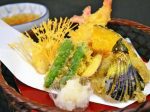
-
現代文化のルーツを探る⑪ 天ぷら
2021/02/13 |
【English after Japanese】 みなさんよくご存知の天ぷら。えび、いかなどの...
-

-
現代文化のルーツを探る㉓ 一升餅
2021/03/26 |
子どもが産まれてから最初にお祝いするのが、1歳の誕生日。日本では、子どもの1歳の誕生日に餅を背負わせ...
- PREV
- 現代文化のルーツを探る⑨ お茶
- NEXT
- 現代文化のルーツを探る⑪ 天ぷら
